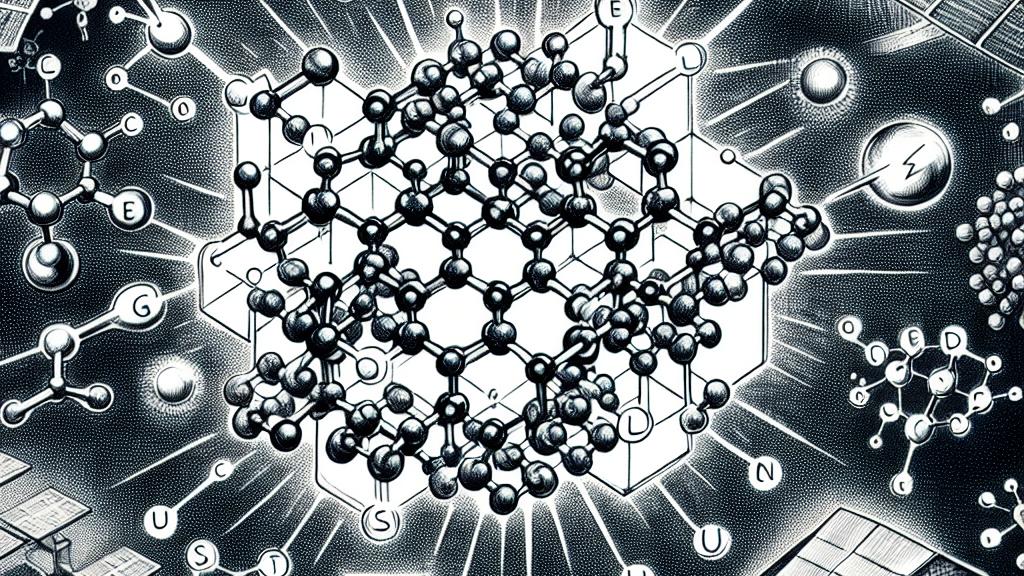Understanding How Covalent Organic Frameworks Can Improve Energy Efficiency
Overview
- Covalent Organic Frameworks (COFs) exhibit extraordinary potential to enhance energy transport efficiency across various applications.
- Recent research underscores how COFs could revolutionize sustainable energy technologies, unlocking new possibilities.
- The impressive energy transport capabilities of COFs are set to transform the landscape of optoelectronic devices.

What Are Covalent Organic Frameworks?
Covalent Organic Frameworks, commonly referred to as COFs, represent a remarkable innovation in energy efficiency. They are essentially created by linking small organic molecules together into larger structures, much like assembling intricate puzzles. This modular approach allows scientists and engineers to tailor the properties of COFs for a wide range of specific applications. For instance, recent studies conducted by a multidisciplinary team from prestigious institutions like Ludwig Maximilian University of Munich and the University of Oxford highlight that COFs can transport energy with an efficiency that outperforms many traditional materials. Picture this: solar panels equipped with COFs that not only capture sunlight but also convert it into electricity with far greater efficiency than we currently see—this is not merely a futuristic vision; it's a technology on the cusp of reality.
Exploring the Science: How Do COFs Achieve Efficiency?
But what enables COFs to achieve such outstanding energy transport capabilities? The secret lies in two fascinating processes: coherent and incoherent energy transfer. Think of coherent transfer as a perfectly synchronized team of dancers gliding across the stage; the energy moves smoothly and rapidly, creating minimal losses along the way. In contrast, incoherent transfer resembles a disorganized dance party, where random movements require extra effort to maintain any semblance of rhythm. What sets COFs apart is their ability to maintain high efficiency, even in the presence of structural defects. It's reminiscent of a highway that, despite potholes and construction, allows vehicles to travel at high speeds without significant delays. Moreover, researchers have reported that COFs feature remarkably high diffusion coefficients—this means energy can traverse impressive distances effortlessly. Such capabilities truly emphasize the potential of COFs in advancing energy technologies.
The Future is Bright: COFs in Sustainable Technology
The possibilities that COFs unlock for practical applications are nothing short of transformative! Leveraging their superior energy transport capabilities can lead to breakthroughs in sustainable technologies that could benefit everyone. Imagine harnessing COFs in solar panels that not only capture sunlight more effectively but also deliver electricity with far less waste in the process. Or consider innovating organic light-emitting diodes that illuminate our homes, streets, and devices using significantly less energy. These advancements would mark a significant step forward in our quest for greener, more sustainable solutions, helping to combat climate change while improving energy efficiency. As enthusiastic researchers continue to explore the capabilities of COFs, we stand on the threshold of a true revolution in energy technology that holds promise for a cleaner, brighter future!

Loading...